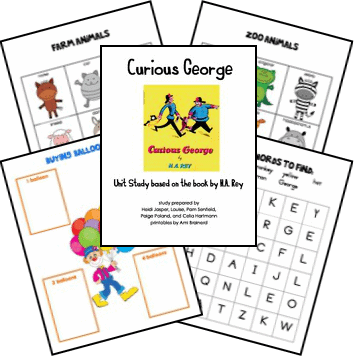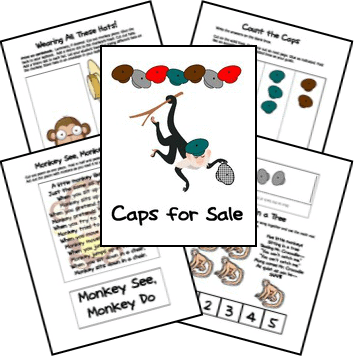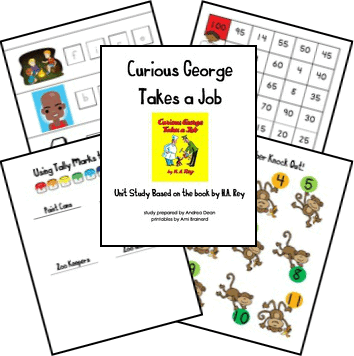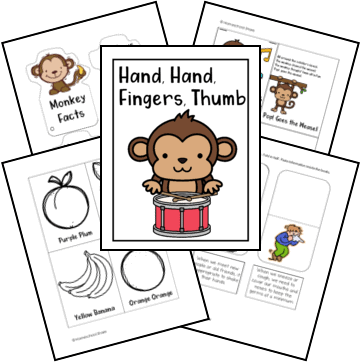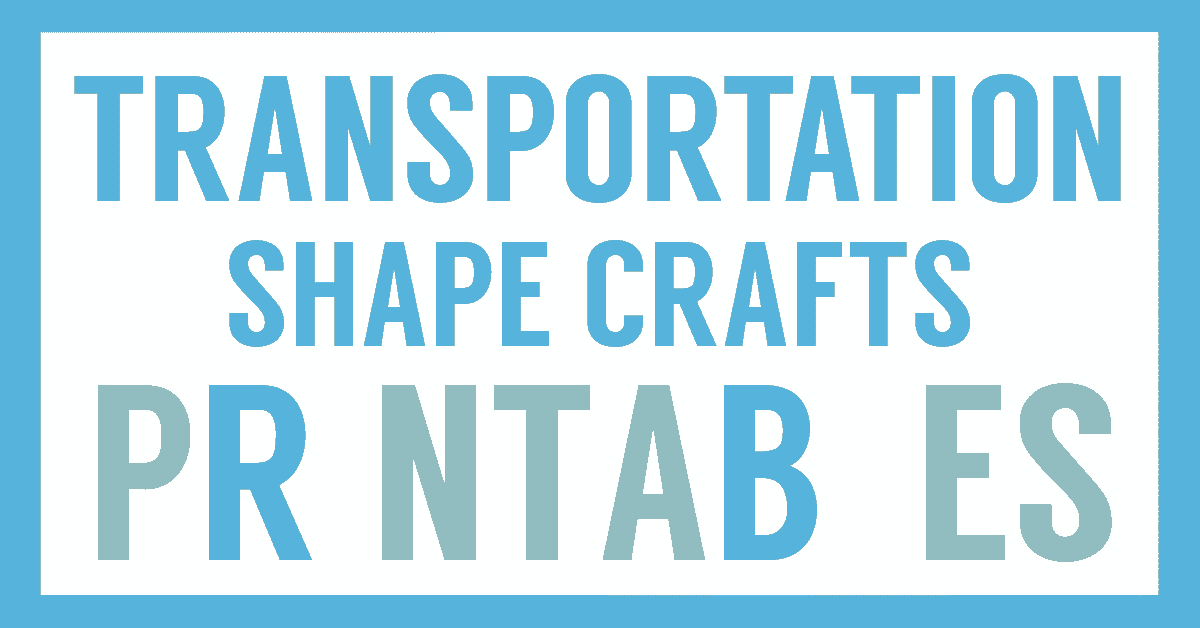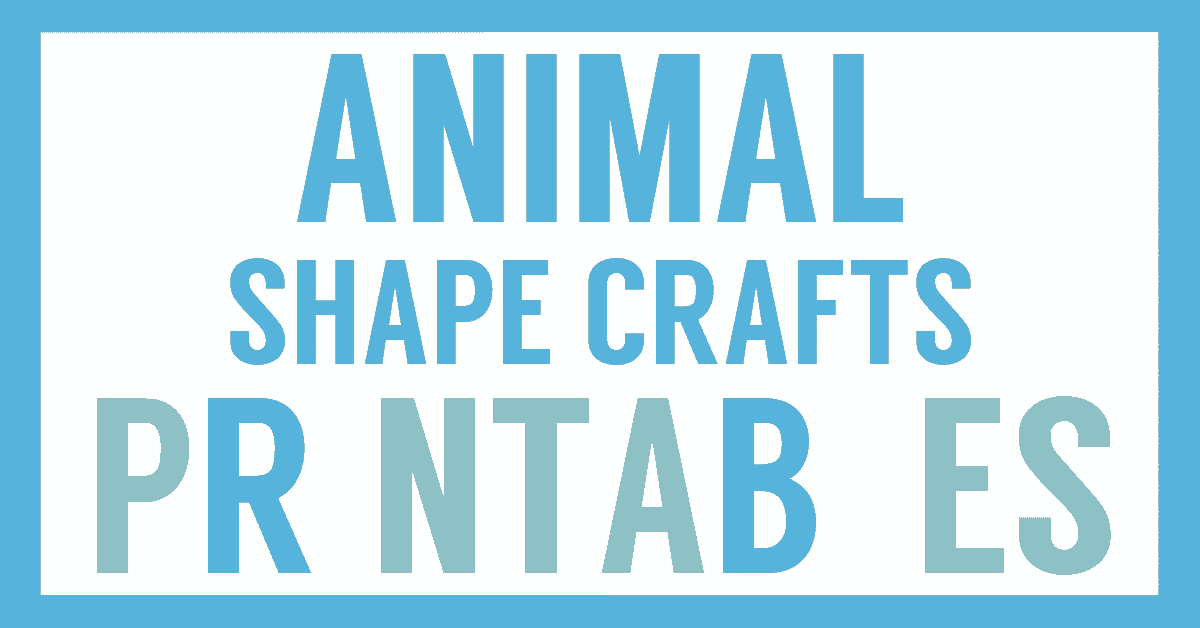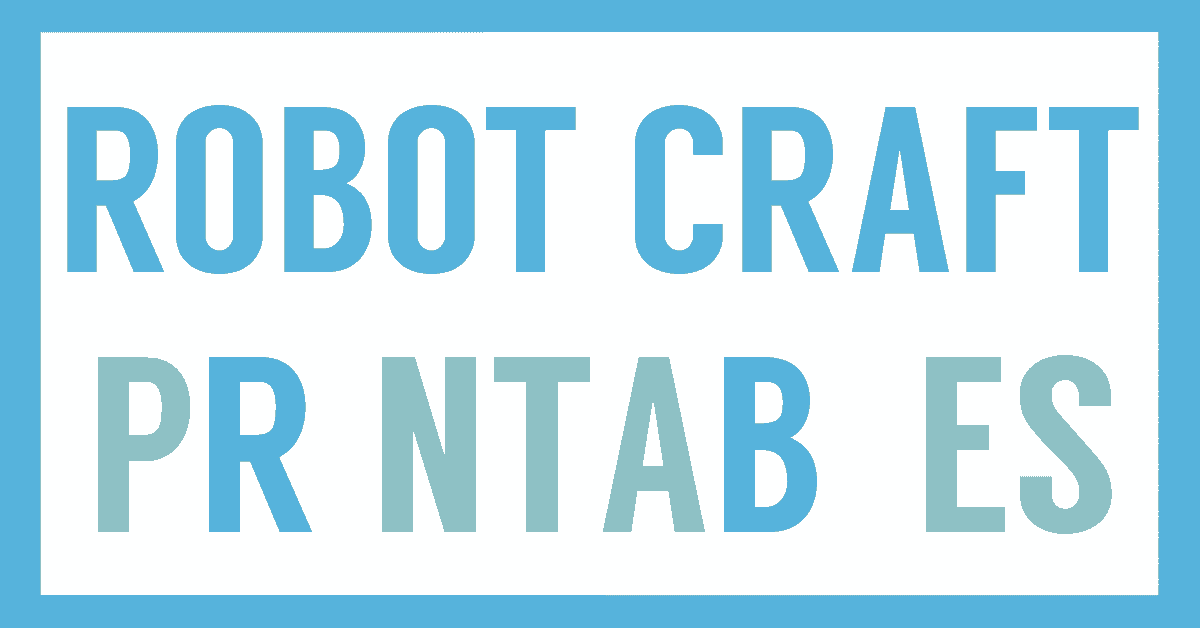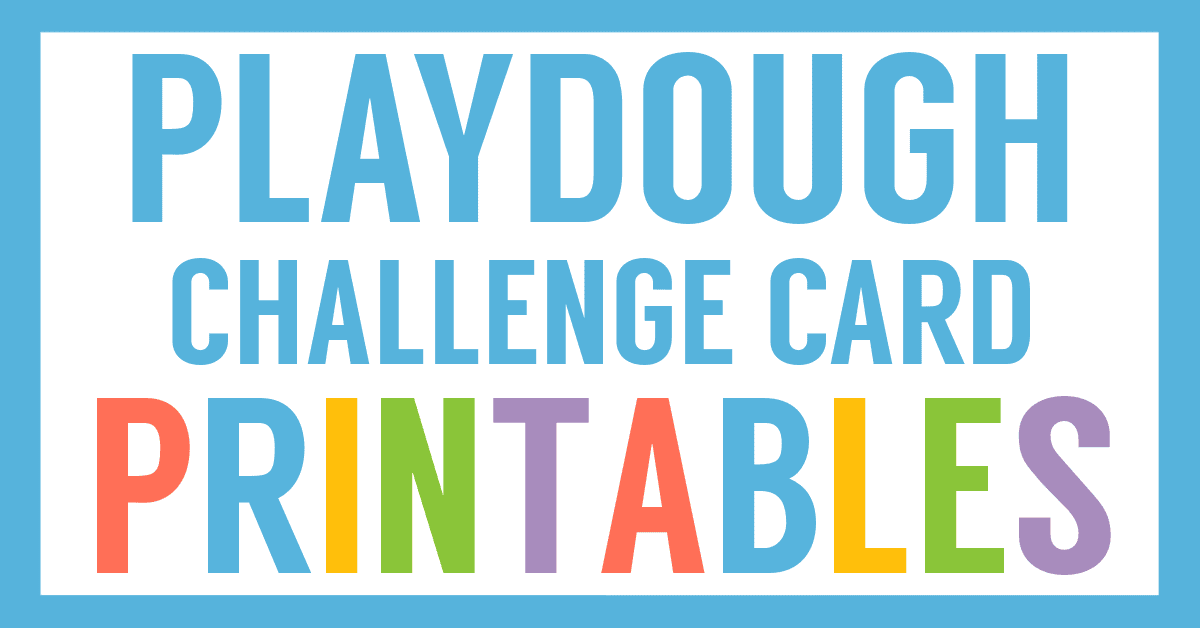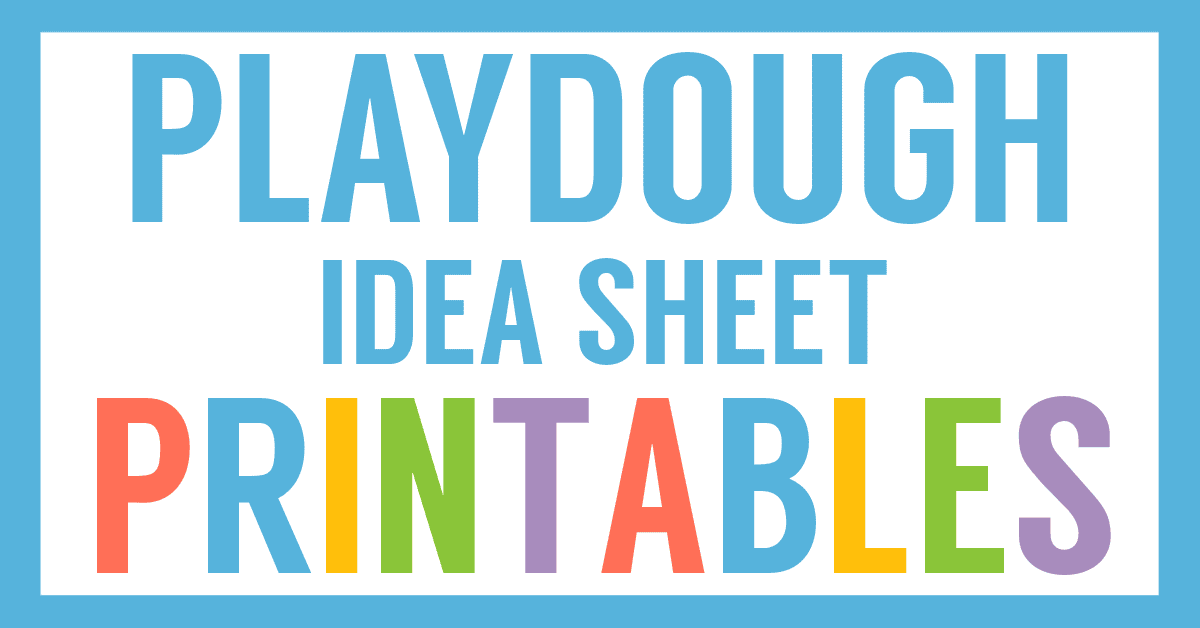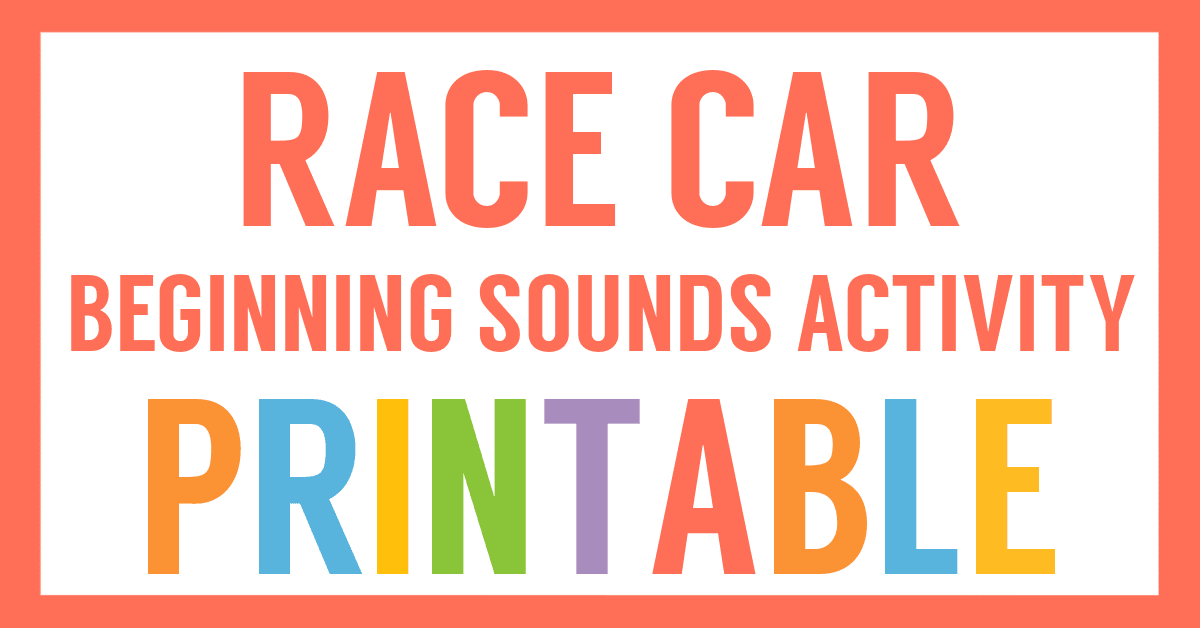Affiliate Disclaimer
We sometimes use affiliate links in our content. This won’t cost you anything, but it helps us to keep the site running. Thanks for your support.
Are you looking for book activities to accompany Curious George? Try our free unit study and Curious George printables.
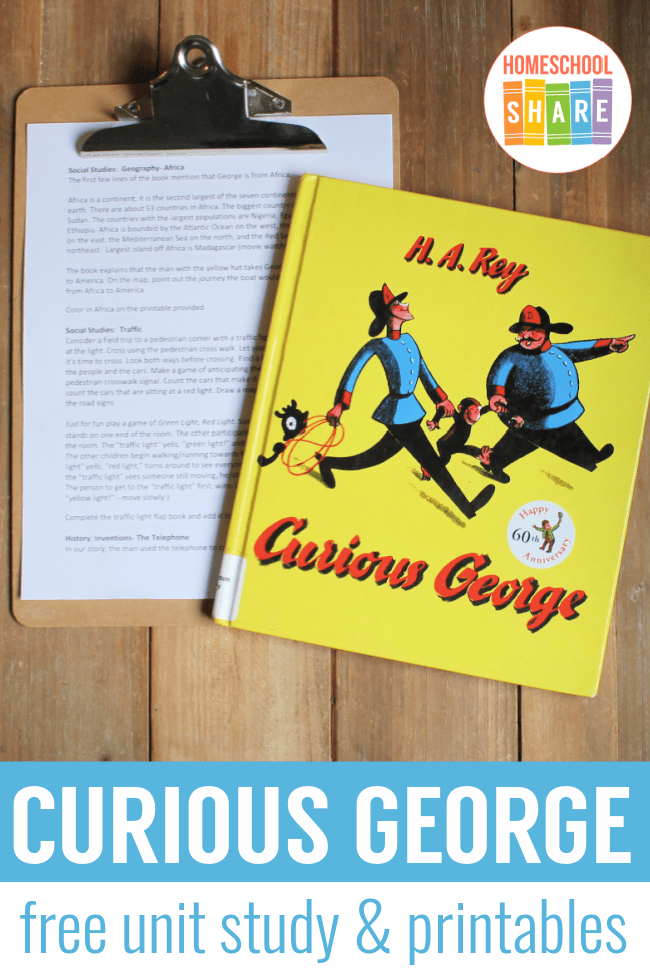
In this beloved story, Curious George is taken from the jungle by man in the yellow hat. The man in the yellow hat never imagined just how much mischief George (and his curiosity!) would cause.
This Curious George unit study was a huge collaboration. Thanks to Heidi Jasper, Louise, Pam Senfield, Paige Poland, and Celia Hartmann for creating the lessons for this Curious George unit study.
Curious George Activities & Lessons
This Curious George unit study includes many different lessons for social studies, language arts, math, and science. Your student will enjoy a learning adventure with this classic book.
Here are some sample lessons:
Social Studies: Geography- Africa
The first few lines of the book mention that George is from Africa.
Africa is a continent; it is the second largest of the seven continents on the earth. There are about 53 countries in Africa. The biggest country in Africa is Sudan. The countries with the largest populations are Nigeria, Egypt and Ethiopia. Africa is bounded by the Atlantic Ocean on the west, the Indian Ocean on the east, the Mediterranean Sea on the north, and the Red Sea on the northeast. Largest island off Africa is Madagascar (movie watching potential!)
The book explains that the man with the yellow hat takes George on a boat to go to America. On the map, point out the journey the boat would have to take to sail from Africa to America.
Social Studies: Traffic
Consider a field trip to a pedestrian corner with a traffic light. Spend some time at the light. Cross using the pedestrian cross walk. Let your student tell you when it’s time to cross. Look both ways before crossing. Find a bench and sit and watch the people and the cars. Make a game of anticipating the stoplight & the pedestrian crosswalk signal. Count the cars that make it through a green light or count the cars that are sitting at a red light. Draw a map of the corner. Check out the road signs.
Just for fun, play a game of Green Light, Red Light. Someone is the “traffic light” & stands on one end of the room. The other participants line up on the other side of the room. The “traffic light” yells, “green light!” and turns away from the children. The other children begin walking/running towards the “traffic light”. The “traffic light” yells, “red light,” turns around to see everyone, and all the children stop. If the “traffic light” sees someone still moving, he/she pulls them over! (they’re out) The person to get to the “traffic light” first, wins. (If you want to, you can also call “yellow light!” and the kids should move slowly.)
History Inventions: The Telephone
In our story, the man used the telephone to call the zoo. And George used the phone and accidentally called the fire station!
The telephone was invented more than a hundred years ago (1849-1876). It was invented by several people, though Alexander Graham Bell is the one generally given credit for it. He put together ideas that many people came up with before him. In 1875, he was able to use a telephone to call his friend Mr. Watson in another room and ask Mr. Watson if he could hear him. And Mr. Watson heard! But he had to go running in to the room where Alexander Graham Bell waited to tell him that he could hear. It took almost a whole year longer for Alexander Graham Bell to enable the telephone to allow Mr. Watson to reply back to him.
It’s hard to imagine everyday life without the telephone.
Activity: Make Tin Can Telephones: Take two clean, empty tin cans (make sure they have smooth edges!). Punch a hole in the bottom of each. Thread a long piece of thin wire or string through the holes. Use buttons to tie to the ends of each string to act as a stopper. Now the children can stretch out the wire as far as it can go. Have one child talk into one end as the other child (or you) holds his can to his ear. The vibrations from the child’s voice will travel along the wire (having the wire straight improves the sound) to the other person’s ear.
To access all of the lessons and printables in this Curious George unit study, grab a copy at the end of this post.
Curious George Printables
The Curious George unit study download also includes these printables:
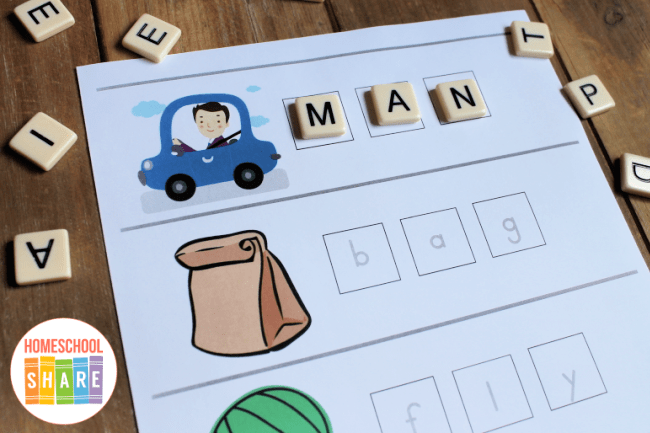
- Where in the World is Africa? Printable Page
- Traffic Light Flapbook
- Draw a Car in Motion Page
- Transportation Cards
- Learning Adjectives Activity
- Curiosity Shutterfold Book
- Firefighters Layer Book
- My Phone Number Matchbook
- Who Invented the Phone? Matchbook
- Building Words (Spelling Tiles) Pages
- Will It Float or Sink? Activity Page
- Buying Balloons Math Activity
- Farm Animals and Zoo Animals (sorting cards)
- Curious George Word Find
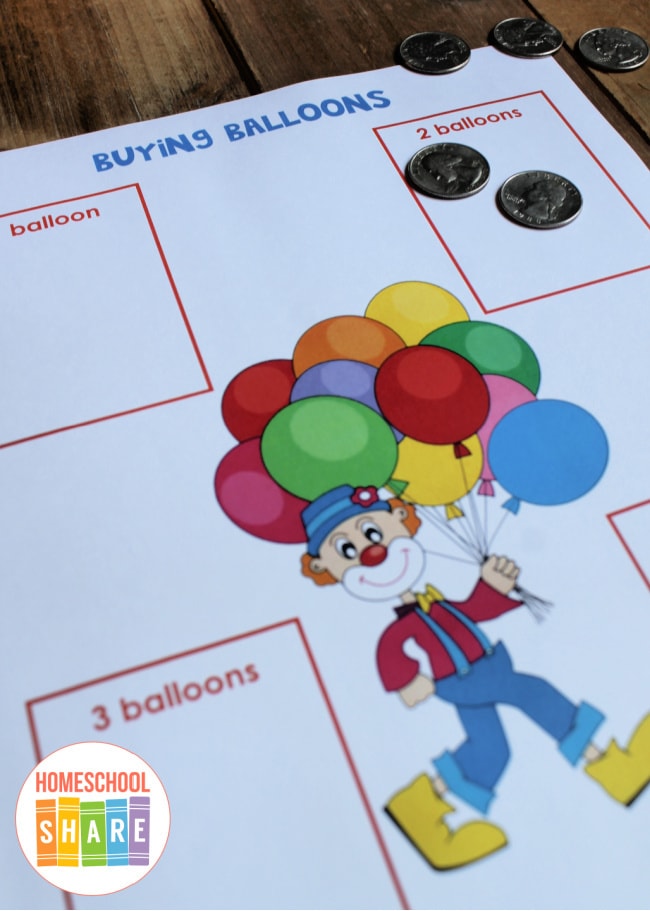
How to Get Started with the Curious George Printables & Activities
Follow these simple instructions to get started:
- Buy a copy of the book, Curious George, or grab one from your local library.
- Print the Curious George unit study.
- Choose the lessons you want to use with your student (a highlighter works great for this).
- Choose and prepare the printables you want to use with your student.
- Enjoy a week of engaging learning with your student.
Download Your Curious George Unit Study and Printables
Simply click the image below to grab your free copy of the Curious George unit study and printables.
More Monkey Themed Resources
Okay, okay. I know that Curious George isn’t technically a monkey, but we use that term lightly around here. If you are looking for more resources about monkeys (or, for the technical–primates), here you go:

